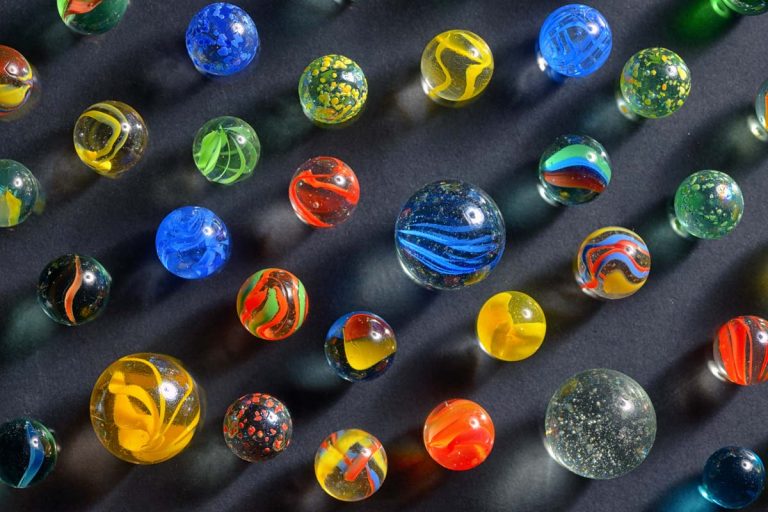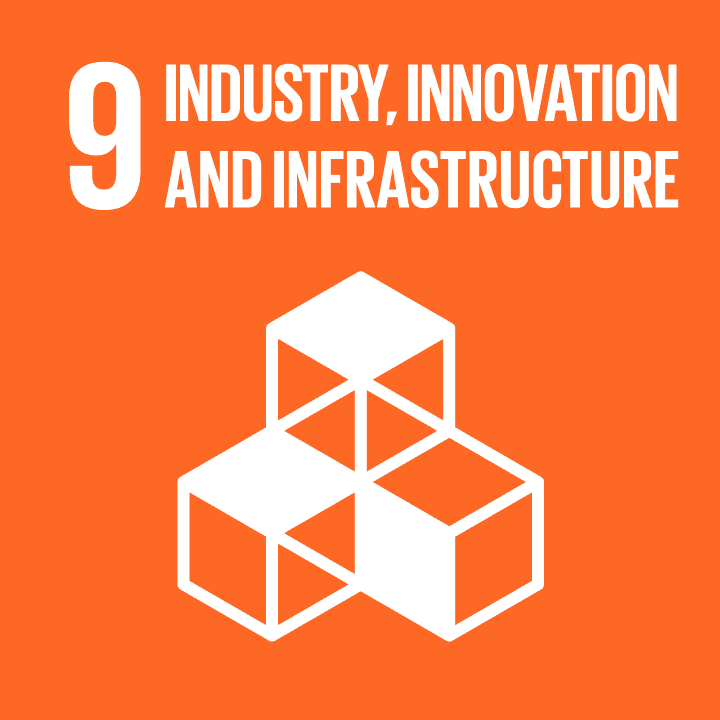Gravity Separator
 Photo: © iStock icarmen13
Photo: © iStock icarmen13 - Resource Type
- Experiment
- Subjects
- Engineering Physics
- Topics
- Energy Engineering Process
- Time for activity
- 2–3 hours
In this project, the goal is to build a gravity-powered marble sorting machine that can sort large and small plastic spheres – representing rocks and gems.
- Introduction
-
Sorting machines come in all shapes and sizes, ranging from tiny toy coin sorters to huge industrial sifting machines used in food processing or mining. Regardless of what exactly they sort, they all have something in common: they automate a task that would be very difficult, or even impossible, for humans to do! It is not such a big deal to sort a few dollars’ worth of change or to use a hand sifter for a cup of flour. But what if you worked at a bank and had to sort thousands of coins, or at a food processing factory dealing with thousands of pounds of flour? Then it would certainly help to have a machine do the work.
The same is true in the mining industry. Early miners would use a manual process, called panning, to separate gold nuggets from dirt and sand in a pan. Modern industrial mines use a variety of automated processes to separate valuable gems and minerals from dirt and other rocks. Some sorting systems use complex electrical sensors, for example to measure whether a metal is magnetic or how reflective it is, in order to sort them.
Others use mechanical methods like screening, where particles fall through screens with different-sized holes. Particles with a smaller diameter fall down through the screens, while larger particles stay on top. Some systems use bursts of compressed air to blow away lighter materials, while materials with a higher density remain in place. Many times, these mechanical sorters are powered by motors, but simple systems are powered only by gravity.
In this project, your goal is to build a gravity-powered marble sorting machine that can sort large and small plastic spheres (representing rocks and gems, respectively), like the ones shown in Figures 1 and 2. You will start out with a cup containing a mix of two different sizes of spheres, pour them into the machine, and the machine should sort them into two separate cups. Keep in mind that the machines in Figures 1 and 2 are just two examples of how you could approach the task. They are not necessarily the “best” methods, and you might come up with your own design that is more creative or works better.
- Key Objectives
-
- Building a gravity-powered sorting machine that can separate small and large plastic spheres.
- Understanding that the force of gravity can be used to separate the mixture of different masses.
- Understanding the concept of differences in mass, weight and density as a basis for the gravity separation method.
- Understanding how gravity separation is used in mining industry.
- Guiding Questions
-
- What is gravity separation based upon?
- What are the differences between gravity separation and panning?
- Where can you see gravity separation in real-life situations?
- What is the difference between weight and mass?
- Why is weight and mass used synonymously on Earth?
- How is mass related to weight?
- Why are weight and mass often confused?

/rating_on.png)
/rating_half.png) (13 )
(13 )



